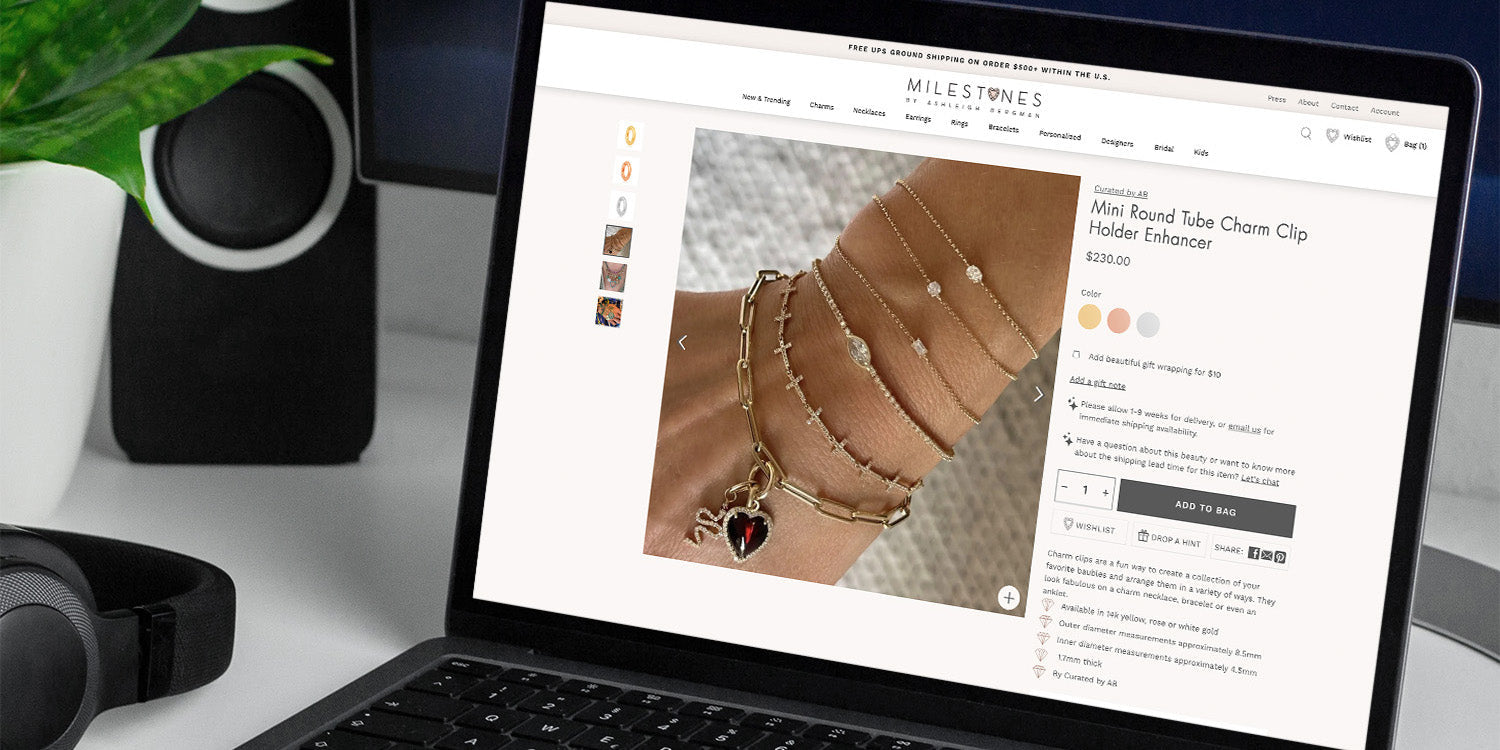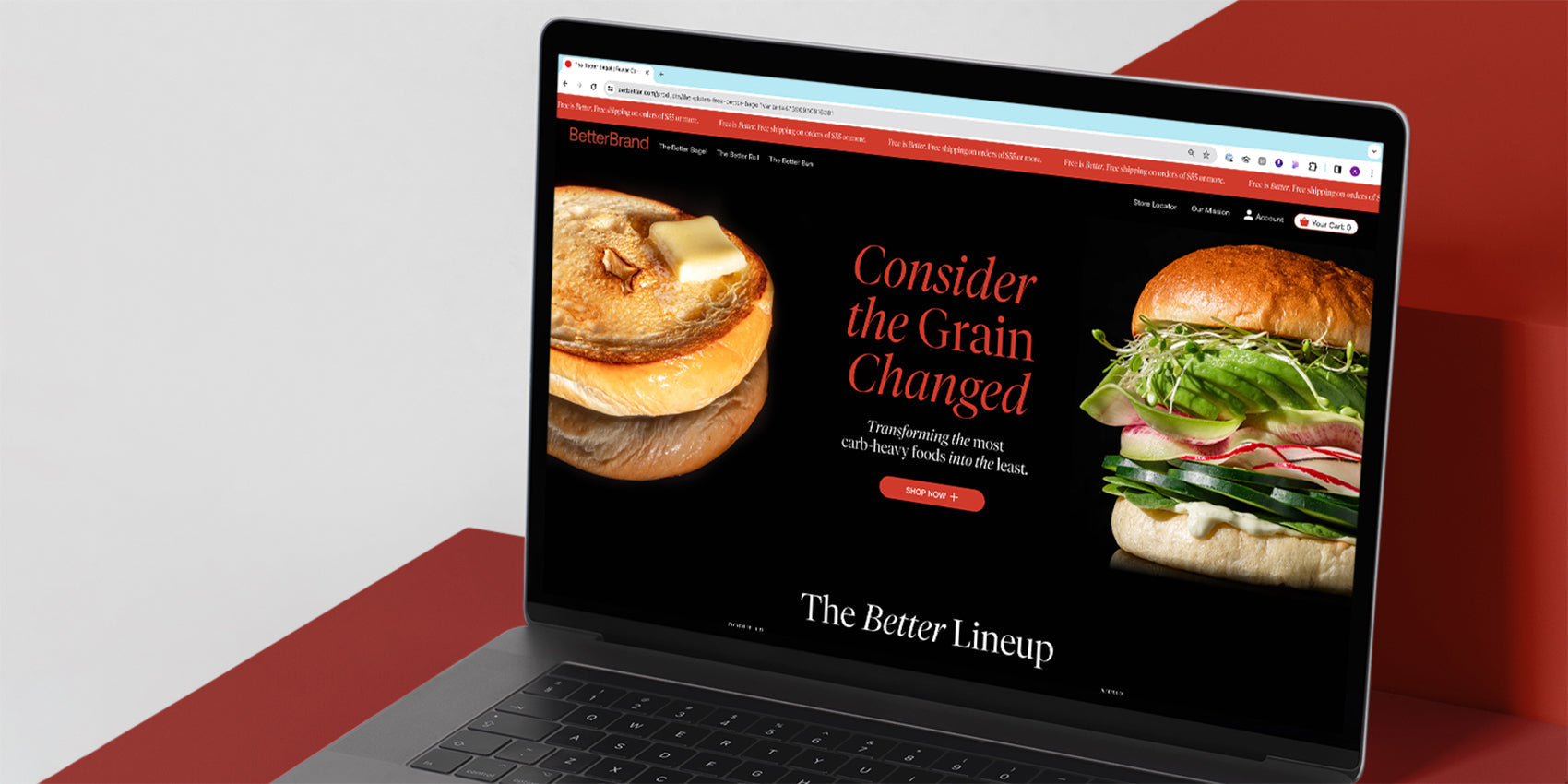In the competitive world of eCommerce, the difference between a visitor and a customer often boils down to one crucial factor: user experience (UX). For businesses using Magento, a platform renowned for its flexibility and scalability, the importance of UX design cannot be overstated. A well-executed Magento UX design not only enhances customer satisfaction but also drives significant revenue growth through metrics like increased conversion rates and higher average order value (AOV).
Why Magento UX Design Matters
Magento is a powerful platform that caters to a wide range of businesses, from small startups to large enterprises. However, the power of Magento can only be fully realized when the user experience is intuitive, seamless, and engaging. Here’s why Magento UX is critical:
- First Impressions Count: The first interaction a customer has with your website sets the tone for their entire experience. A well-designed UX ensures that customers can easily navigate your site, find what they’re looking for, and feel confident in making a purchase.
- Reducing Friction: Every additional step in the purchase process is an opportunity for customers to abandon their carts. Optimizing Magento’s UX involves minimizing these friction points, leading to smoother transactions and fewer abandoned carts.
- Building Trust: A polished and professional UX design builds trust with your customers. This trust is crucial for turning one-time visitors into loyal customers who return to your site repeatedly.
- Enhanced Mobile Experience: With the growing dominance of mobile shopping, a mobile-optimized UX is essential. Magento’s flexibility allows for the creation of mobile-first designs that cater to the needs of on-the-go shoppers.
Best Practices for Magento UX Design
To leverage the full potential of Magento, here are some best practices that can help you create a user-friendly and profitable eCommerce experience:
- Simplified Navigation: A complex navigation system can frustrate users and lead to higher bounce rates. Implement a clear and intuitive menu structure, use mega menus for large inventories, and ensure that the search function is powerful and accessible.
- Streamlined Checkout Process: The checkout process should be as simple and quick as possible. Consider features like guest checkout, auto-fill forms, and progress indicators to reduce friction and keep customers engaged.
- Responsive Design: Ensure that your Magento store is fully responsive, offering a seamless experience across all devices. This includes optimizing images, buttons, and forms for mobile users.
- Personalization: Magento allows for extensive customization, enabling you to tailor the shopping experience to individual users. Use data-driven insights to offer personalized product recommendations, discounts, and content.
- Optimized Loading Times: Speed is a critical factor in UX. Slow-loading pages can lead to high bounce rates and lost sales. Optimize your Magento store by compressing images, leveraging caching, and using Content Delivery Networks (CDNs).
- Clear Call-to-Actions (CTAs): Every page on your Magento store should have clear and compelling CTAs that guide users towards the next step in their journey, whether it's adding a product to their cart, signing up for a newsletter, or completing a purchase.
- Accessibility: Your Magento store should be accessible to all users, including those with disabilities. Implementing accessibility best practices not only broadens your customer base but also ensures compliance with regulations.
How Magento UX Design Impacts Revenue
Investing in Magento UX design can have a profound impact on your bottom line. Here’s how:
- Increased Conversion Rates: By reducing friction and making it easier for customers to complete purchases, a well-designed UX directly increases conversion rates. For example, simplifying the checkout process or improving navigation can lead to more completed sales.
- Higher Average Order Value (AOV): Thoughtful UX design can encourage customers to add more items to their cart. Features like product recommendations, bundling options, and clear promotions can all contribute to a higher AOV.
- Improved Customer Retention: A positive user experience doesn’t just drive sales—it also fosters customer loyalty. Returning customers are more likely to spend more and refer others, creating a cycle of growth for your business.
- Reduced Cart Abandonment: Cart abandonment is a significant issue in eCommerce, often caused by a complicated checkout process or unexpected costs. By addressing these UX issues, you can significantly reduce abandonment rates and recover lost revenue.
Conclusion
In today’s fast-paced eCommerce landscape, Magento UX design is not just a nice-to-have—it’s a critical component of your business strategy. By focusing on best practices and continuously refining the user experience, you can turn your Magento store into a high-performing, revenue-generating machine. The result? Happier customers, higher conversion rates, and a thriving online business.




